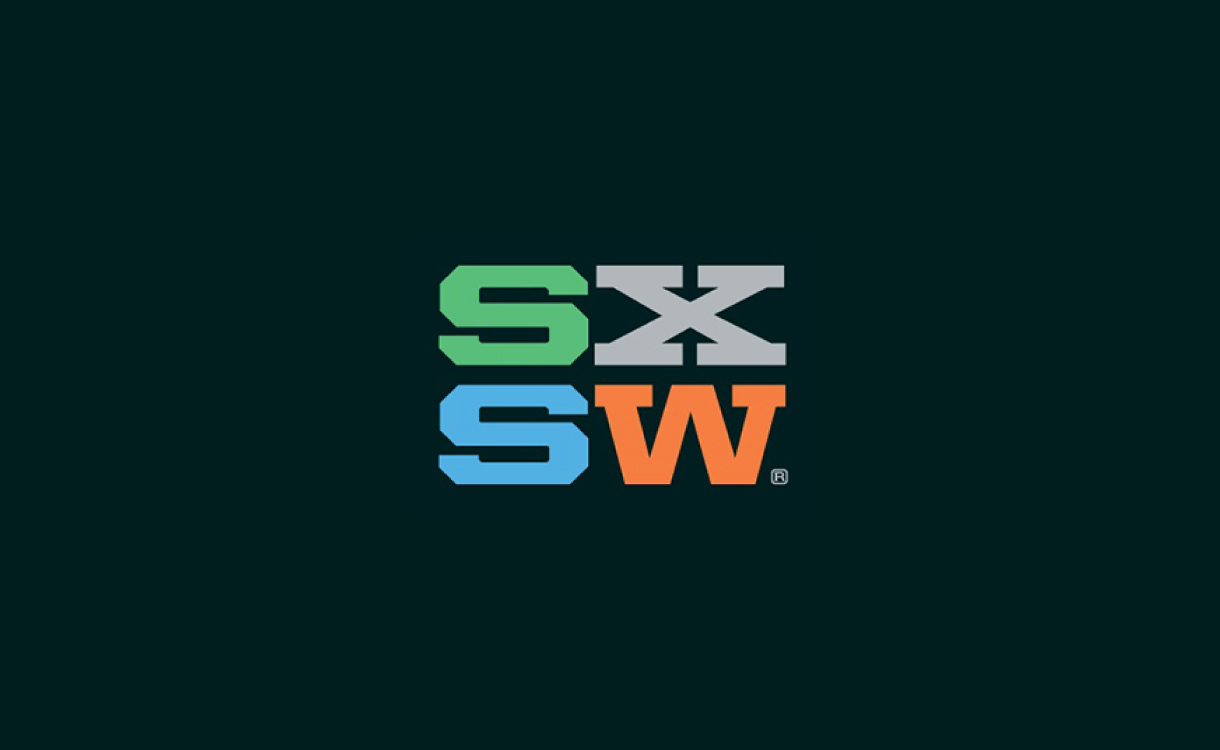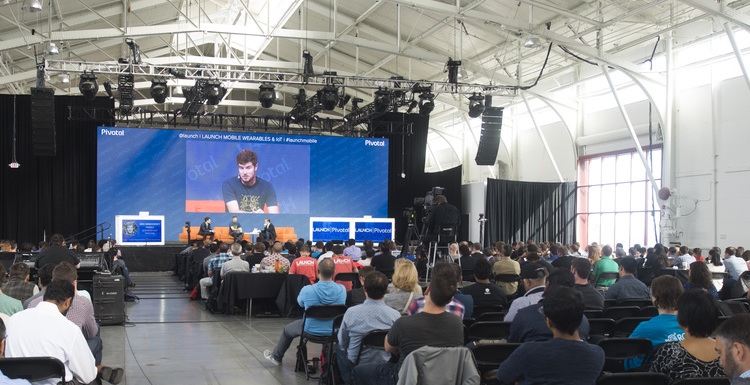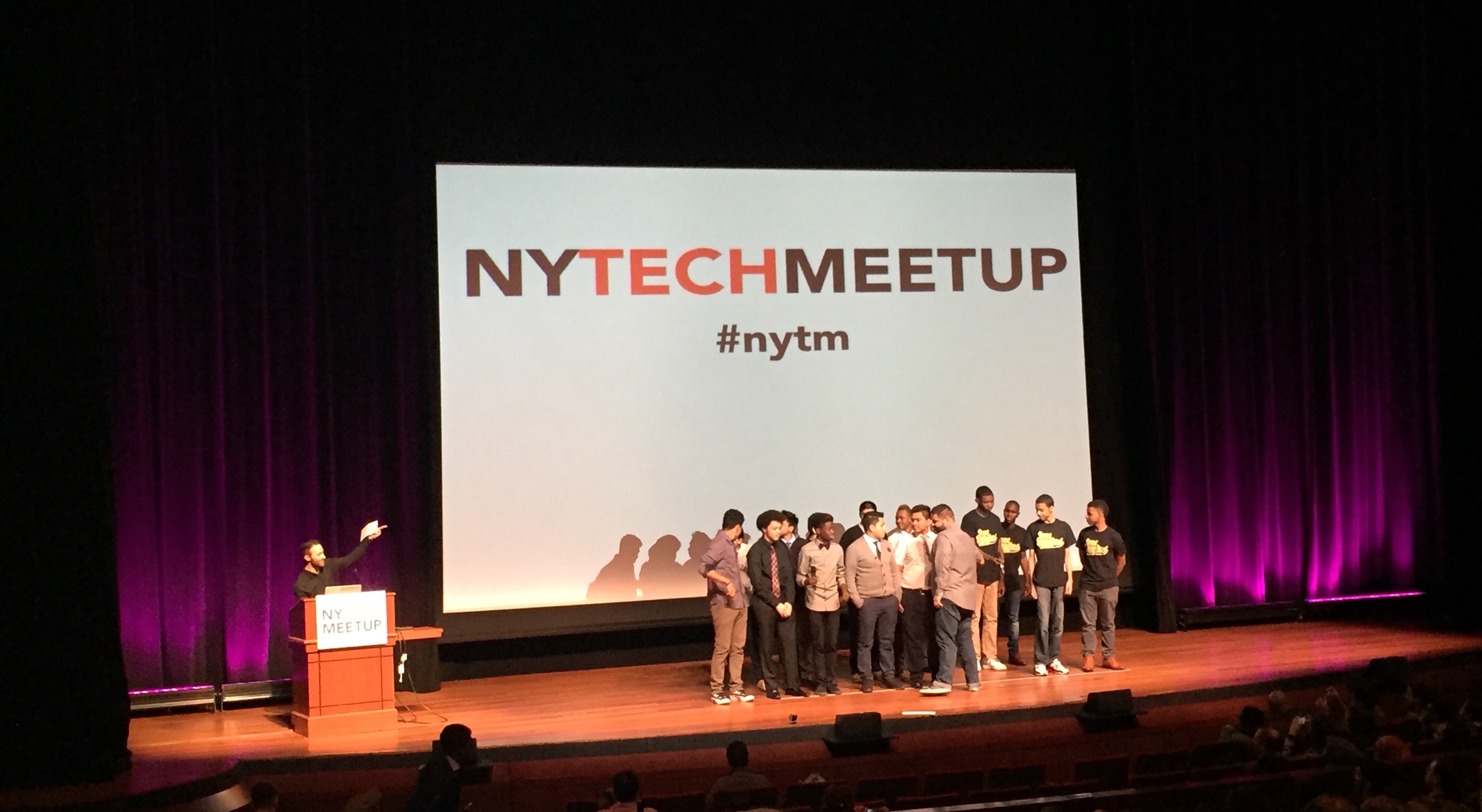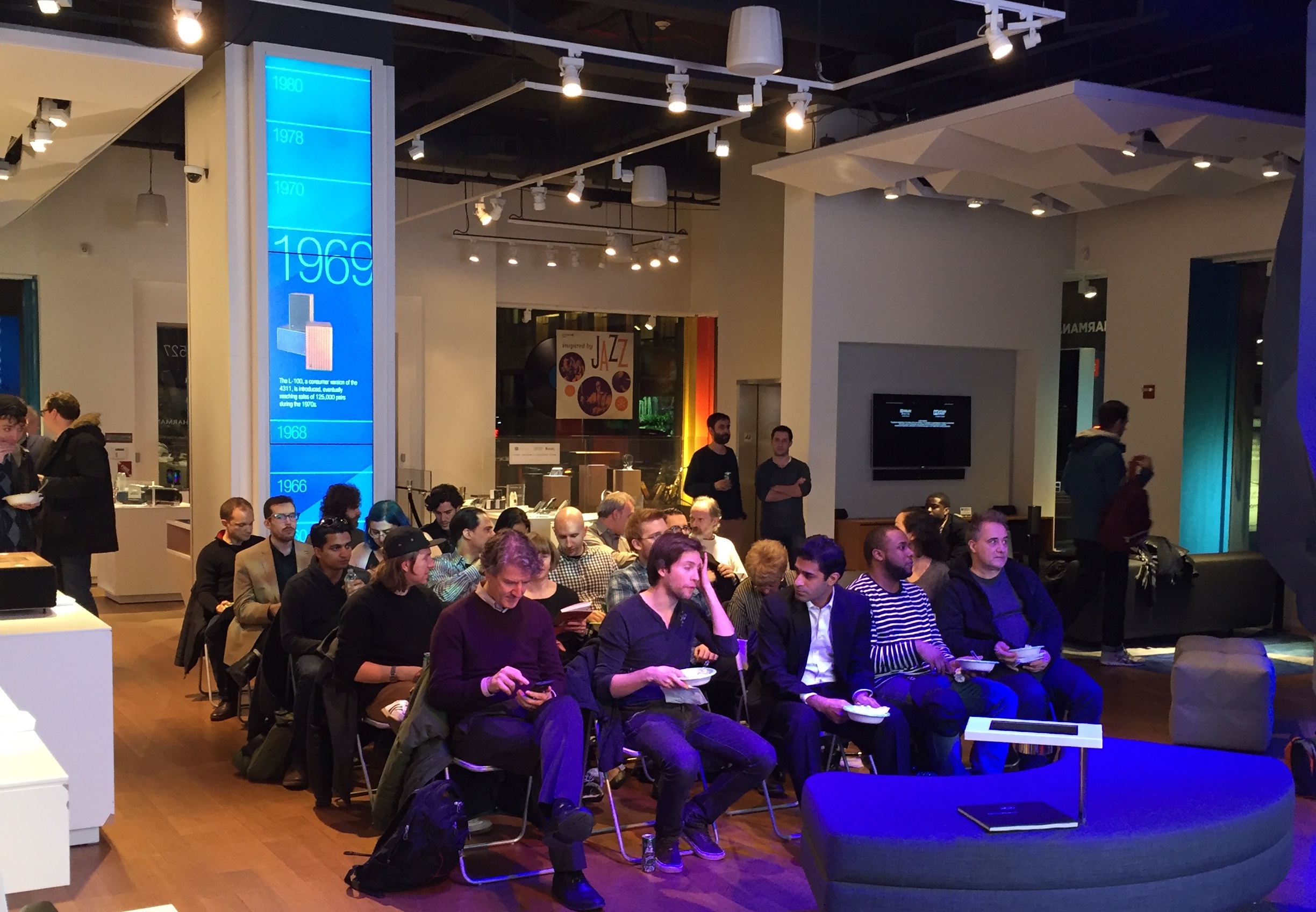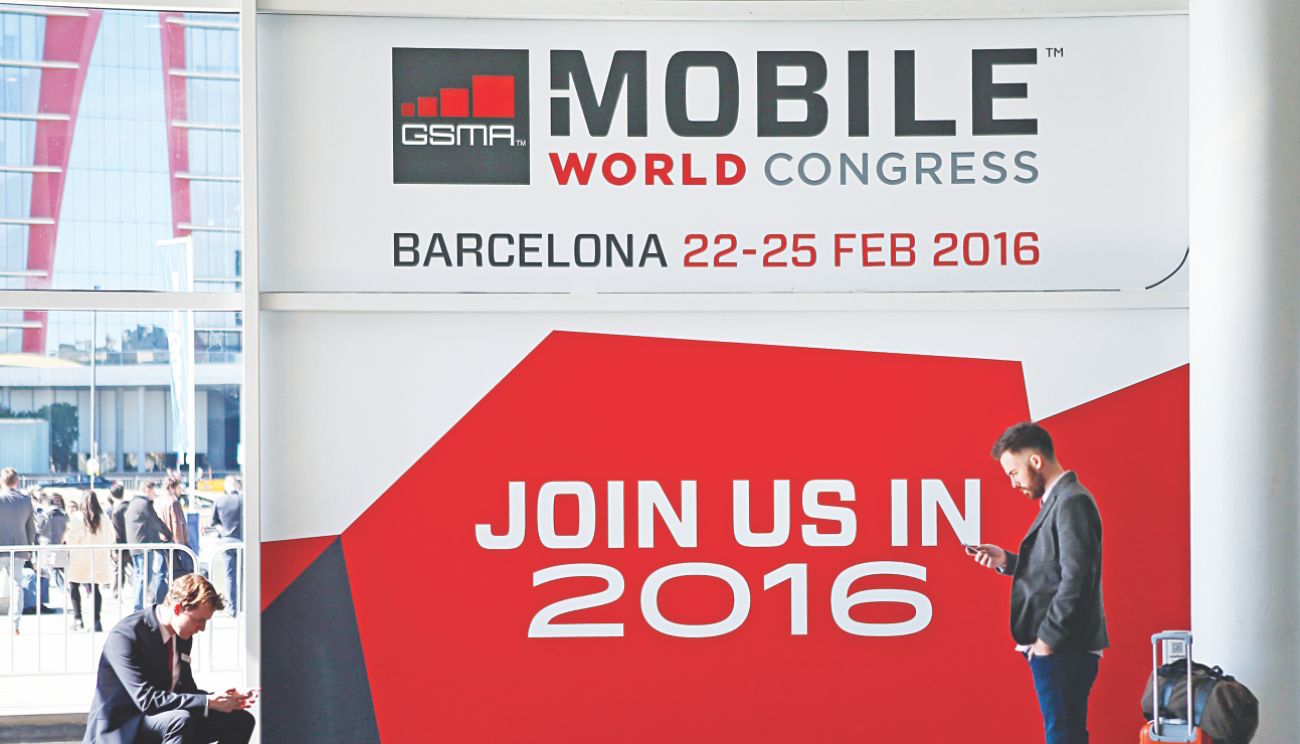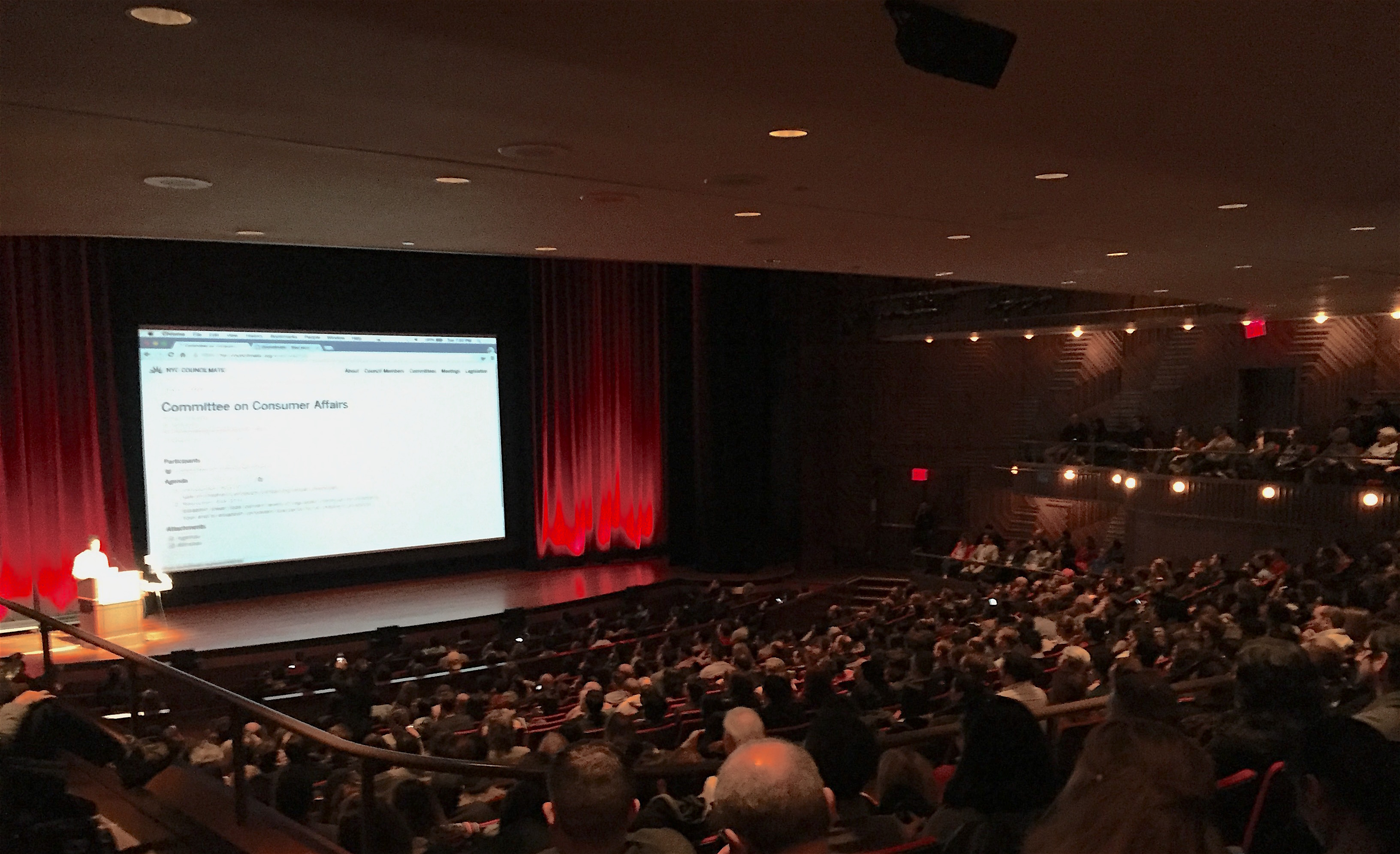Last week, the Lab’s partnership team flew out to the West Coast to attend the 2016 LAUNCH Festival. An annual convergence of talented investors, founders, and startups, the festival has a storied track-record of catapulting new companies into the stratosphere, such as Dropbox, Fitbit, and Yammer. Over the course of three days, this year’s conference hosted over 15,000 attendees, over 240 startups, and a series of inspiring panel discussions and startup competitions.
After spending over 24 hours on the festival floor, viewing over 50 startup pitches and meeting with countless founders, the Lab has put together a shortlist of companies that can provide actionable solutions for Mediabrands agencies and clients.
Accountable VR
Virtual reality is a great way to create an immersive brand story, and more brands are beginning to test the waters by creating branded VR content. More brands have been warming up to VR content knowing that there have been over five million Google Cardboards shipped and new consumer-facing headsets like the Oculus Rift, HTC Vive, and Playstation VR are all set to hit the market this year. While brands won’t see immediate ROI from a VR content investment, eventually brands will want to know how their VR content is performing. EaseVR and CognitiveVR are working to solve this question. Both startups are working to bring deep analytics to VR so brands can understand how viewers behave within their virtual experience.
A New Mover In OOH
Two major challenges the out-of-home industry faces are measurement and an increasingly fragmented audience whose attention is continuously switching among screens. Wrapify‘s on-vehicle advertising platform is working to overcome these challenges by connecting brands and drivers to create and launch OOH campaigns locally or nationally with real-time reach and impressions count.
A Solution To Increase Direct Hotel Booking
Today, a ridiculously high number of hotel bookings come from sites such as Expedia and Priceline as consumers book mostly on price. Stay Wanderful is alleviating this $33 billion problem by partnering with merchants, such as Regal Cinemas, Hard Rock Cafe, and Whole Foods, to create an incentive engine for hotel websites to increase direct hotel bookings and reduce the reliance on other channels.
But wait, there’s more! Here are 4 additional early-stage startups we discovered from the festival that you should keep an eye on in 2016:
Pilot AI Labs enables real-time computer vision using deep learning on embedded devices. Their algorithm can be trained to track specific objects and can be used in drones, retail security cameras or digital signage, and smart home devices.
CafeX unveiled a fully automated robotic cafe at Launch Festival. Prior to arrival at the cafe, customers can use the CafeX smartphone app to order premium coffee drinks.
We2o is the world’s first philanthropy platform to enable donation of unused vacation time to charities.
Mindset allows users to connect their app to a wearable heart rate monitor to learn and track stress levels throughout the day. The app notifies users of fluctuations in stress and provides exercises created by clinical specialists to lower stress.
Header image courtesy of launchfestival.com
